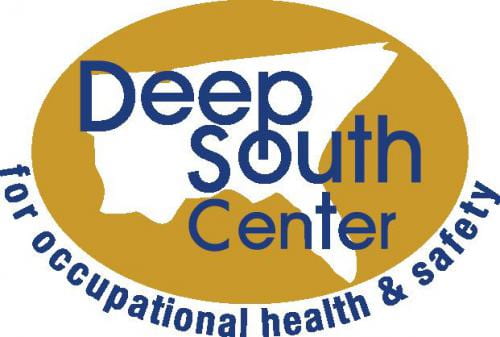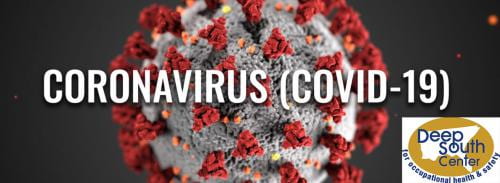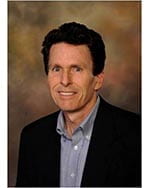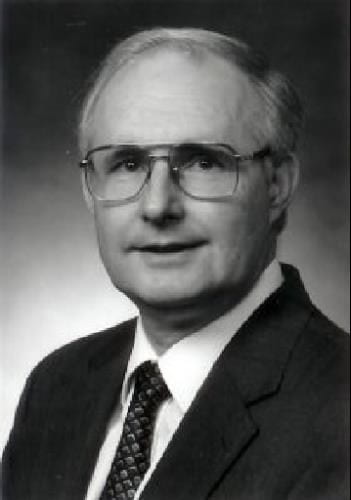COVID-19 and the DSC
The DSC continues to work with trainees, businesses, and stakeholders—improving processes and assuring safety as the COVID-19 pandemic continues. All of our programs have been invested in efforts to protect workers over the last 9 months. UAB Occupational Health Nursing (OHN) faculty have provided direct care to COVID patients. Also, in OHN one of the recent research projects on Long-haul Trucking has also incorporated COVID. Meanwhile, the Auburn OSE/OIP faculty and students have been working on a vaccination process improvement project—as well as creating hazard labels for a distillery. The AU team also conducted a safety-based risk analysis on a CPAP to ventilator converter in response to the pandemic. In IH, the faculty and students continue to work with activated carbon fibers in respiratory protection and creating a fit matching app for eye protection. The IH Lab also set up testing for N95 efficiency after disinfection. The Continuing Education program successfully completed a project providing respiratory fit testing workshops to over 300 employees of the Alabama Nursing Home Association.









